lennon33x
No longer a newbie, moving up!
- Joined
- Jul 28, 2012
- Messages
- 605
- Reaction score
- 49
- Can others edit my Photos
- Photos NOT OK to edit
Are you shooting outside with ambient light and flash or in the studio ? In the studio you dont need fast shutter speeds, just buy a flash meter to set your lights up
Sent from my GT-I9100P using Tapatalk 2
I'm not a fan of flash meters. Yes they serve their purpose, but I cannot justify a purchase of one, as I wouldn't use it as often as one might think. Fans blowing hair, water droplets, pouring liquids...all of these would/could require fastER shutter speeds to freeze motion. I also like doing outdoor portraits at night with flash. I did one recently where myself, my sister and my wife were all jumping mid-air. Fastest SS I could get was 1/250 and there was still motion blur. No ambient.
I always use a flash meter i will have done my shoot will you are still messing with settings, you dont need fast shutter speeds to stop motion in a studio why can't you get your head round it ? It is down to flash duration
Sent from my GT-I9100P using Tapatalk 2
I appreciate your super helpful reply.
My question was not about settings, it was about why a transmitter without HSS capabilities can sync at high shutter speeds.
Also, your use of a flash meter does not help me. You probably have gear that I don't and vice versa. Telling me to use flash meter because you do doesn't really convince me to use it. It's like a vegan telling a non-vegan to eat vegan just because...
In all honesty, your replies are no longer helpful. I would appreciate if you would refrain from adding any more input.



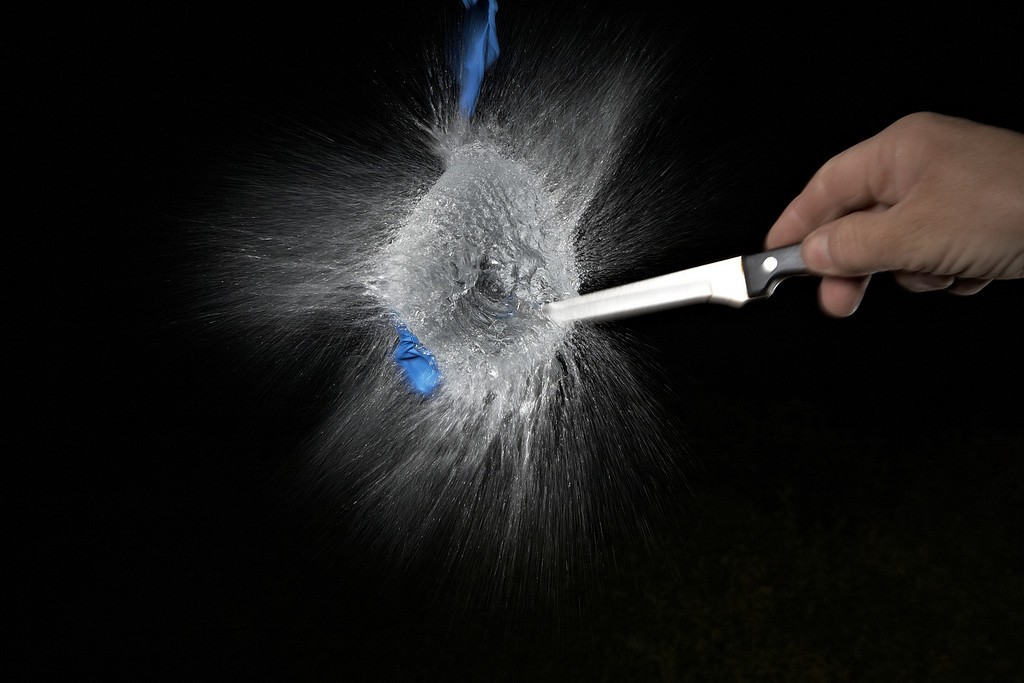

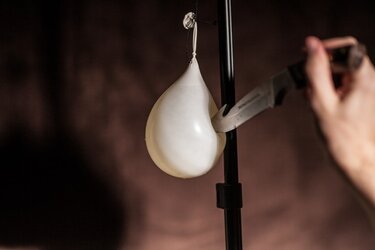

![[No title]](/data/xfmg/thumbnail/42/42348-b961c40032587da9952402de14b5976a.jpg?1619740146)
![[No title]](/data/xfmg/thumbnail/37/37625-7e132688457d56e50320a8c99a79fe38.jpg?1619738154)
![[No title]](/data/xfmg/thumbnail/36/36299-468f060314a0ac2bf5e37da1c33149d2.jpg?1619737493)
![[No title]](/data/xfmg/thumbnail/39/39295-230d6dc9ce62e92561457d4c8fb67dc6.jpg?1619738959)
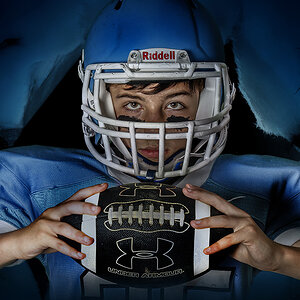
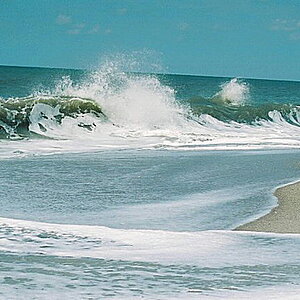
![[No title]](/data/xfmg/thumbnail/39/39294-339c772c727b255b9451f2639f2bc28e.jpg?1619738959)


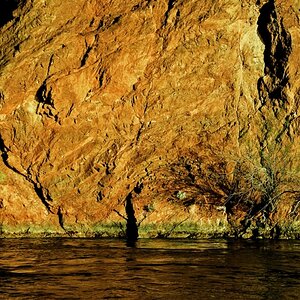
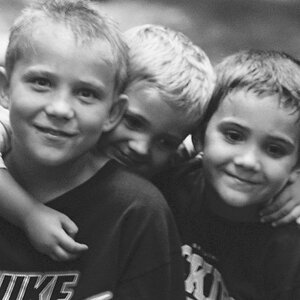
![[No title]](/data/xfmg/thumbnail/37/37624-7f9c9a5c8c7bcb5e62f67313e2e48dbc.jpg?1619738153)